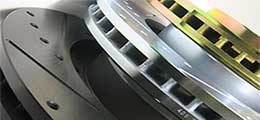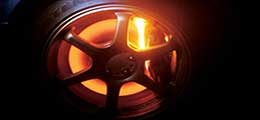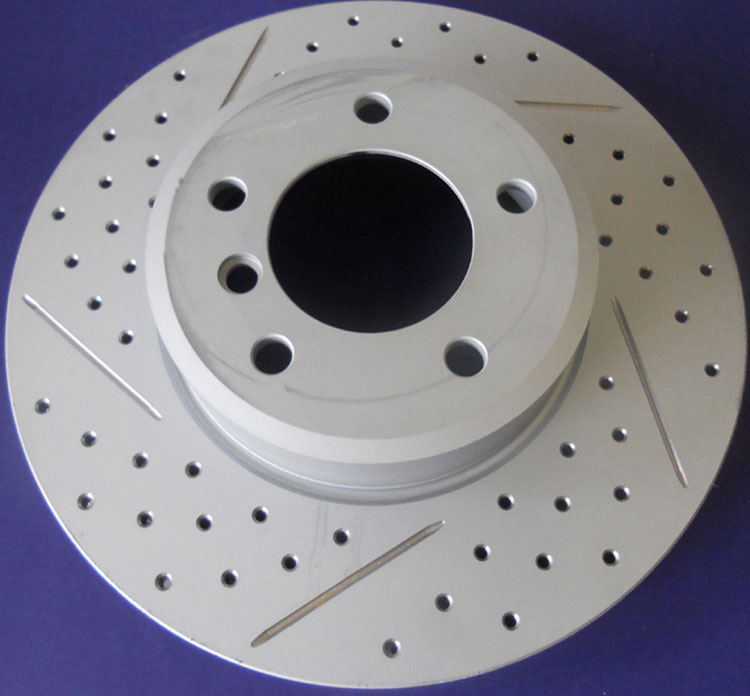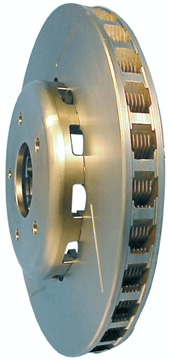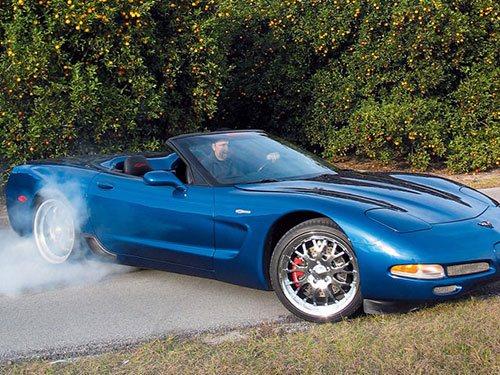 Source: www.vetteweb.com
Source: www.vetteweb.com
There are several different options available when completing a brake system upgrade. By default, the driver should be looking at getting away from stock vehicle rotor material types if they plan on doing any elevated degree of performance driving.
Putting undue stress on a braking system that has not been designed for the purpose will most likely end with brake failure or unpredictability.
Performance from a set of rotors will mostly depend on how much money the driver wants to spend, as rotor materials vary highly in their price. Simple two piece iron designs with cross drilling may be all that is needed for some of driving habits, but exotic materials can be utilized to increase a braking systems capacity for heat while reducing the vehicles weight.
There are 6 main types of brake rotor materials or combinations available on the market today:
Cast Iron- Made from a single piece of iron on non-performance production cars, or a two piece construction containing a cast iron ring and aluminum joined “hat” on upgraded versions. Cast iron rotors are suitable for most performance enthusiasts.
Standard production cars that do not employ this aluminum hat design will most likely fail when brakes are heavily abused. This failure happens when the outer part of the rotor that comes in contact with the brake pad heats up and expands the entire brake rotor as a whole, thereby cracking the inner portion of the rotor that can’t expand freely due to its fixed position on the wheel mounts.
If you plan on doing any performance braking at all, you should at least upgrade to a two-piece cast iron design if you do not already employ this on your vehicle.
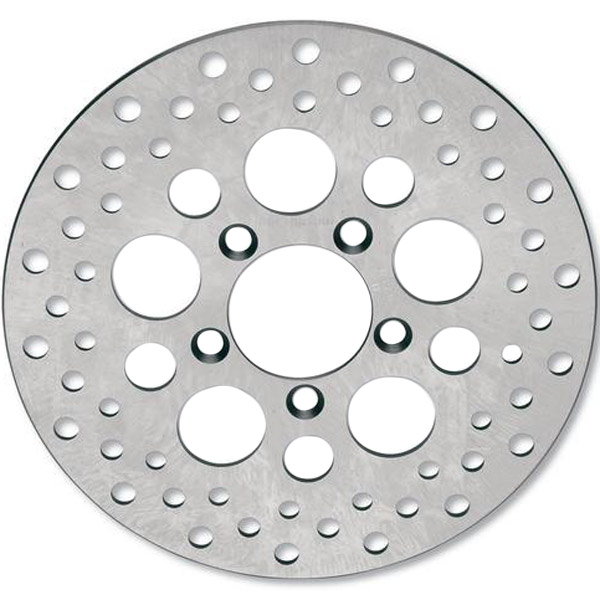
Steel- Created from a single thin piece of steel, these brakes are lighter in weight and have a higher heat capacity, however they are not very durable. Drag racers have commonly used these types of brake rotors to reduce the weight on their drag vehicles.
Layered Steel- These brakes have steel sheets layered together and are laminated for a unique design that makes up for much of the drawbacks that the standard steel plate alone presents. Dishing and warping can be mostly eliminated using this layered design over straight steel. These are not wide in production, and are used in race applications primarily.
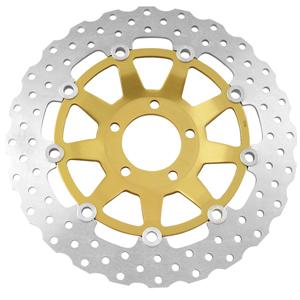
Aluminum- These brake rotors dissipate heat rather quickly, but have a reduced capacity to absorb heat overall. Aluminum is rather lightweight, but lacks the ability to be used in any frequent or prolonged braking situations because of its very low melting point. Motorcycles employ this type of material commonly as brake capacity needed is less than a heavy weight vehicle.
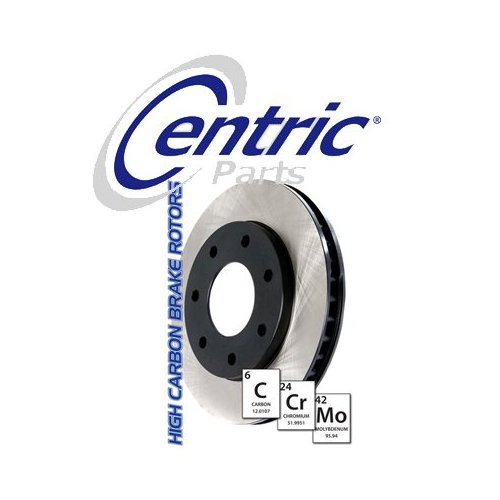
High Carbon- These brake rotors have a high amount of carbon mixed with iron to increase their heat capacity and thermal dissipation rate. The high carbon content and other trace metals that are added to these rotors such as silicon will help to reduce brake noise and vibration.
High carbon brake rotors are used in high performance vehicles because they are made to withstand a great deal of stress without cracking or failure.
*Our Premium Series brake rotors Blade and Phantom are made of high carbon for select vehicles.
Composite Ceramic- These brakes are used on high-end sports cars and race vehicles as standard equipment. The ceramic material has a very high capacity for heat and thermal dissipation rate. This brake rotor material type is also very lightweight.
Normally, when a brake rotor increases in temperature, the coefficient of friction reduces as a direct effect of thermal capacity. In a composite ceramic brake rotor however, the coefficient of friction is very much less affected when the brake rotors rise in temperature.
Ceramic composite brake rotors can actually retain up to 85% more heat overall vs. standard cast iron brake rotors, and are the choice for individuals who want the highest performance out of any brake rotor material overall.



